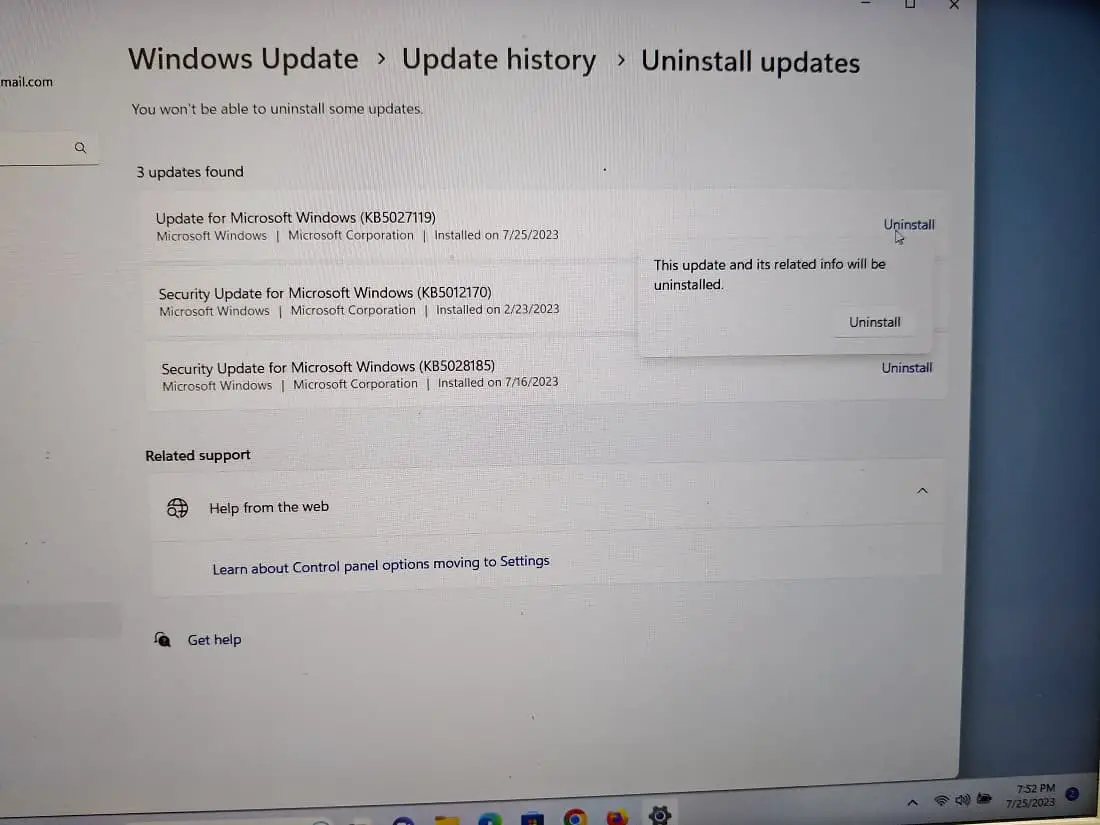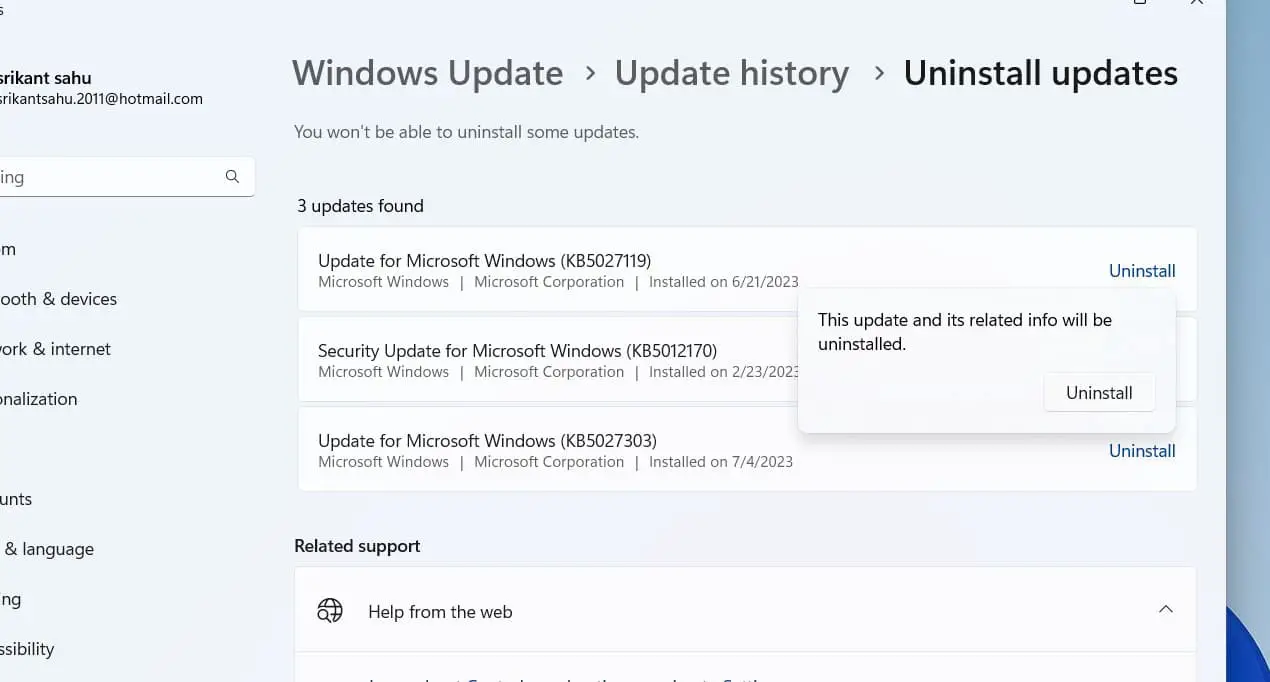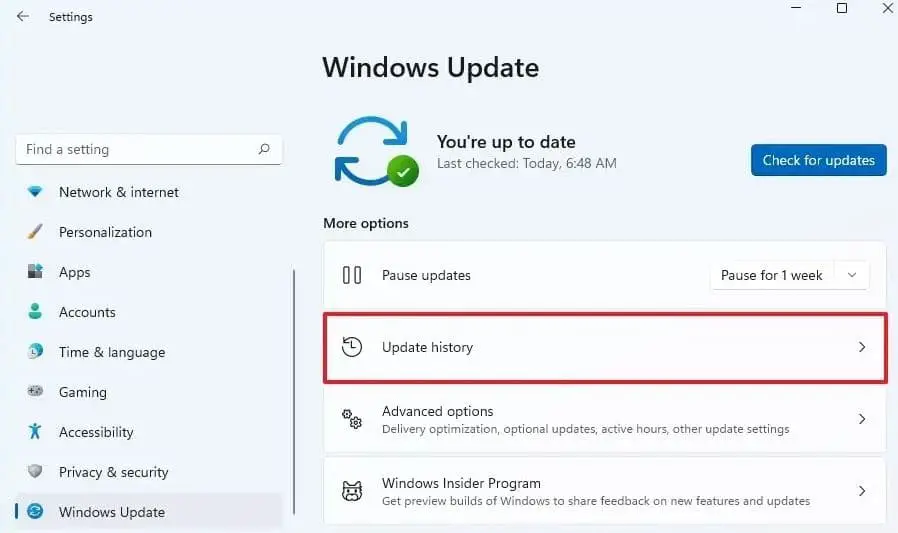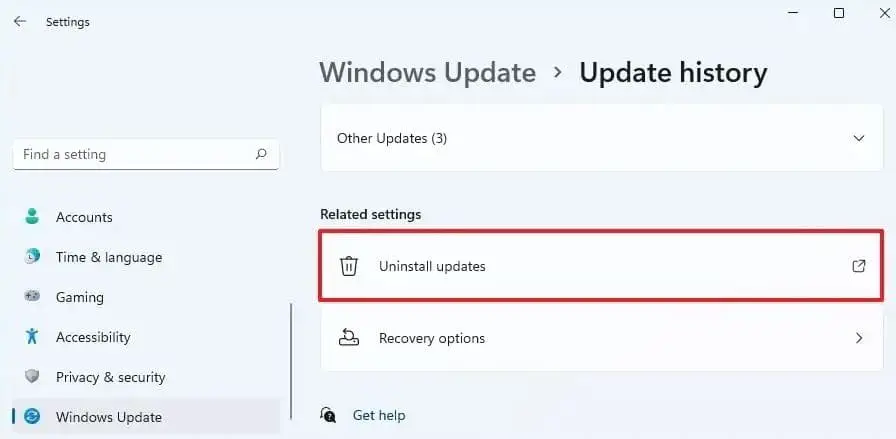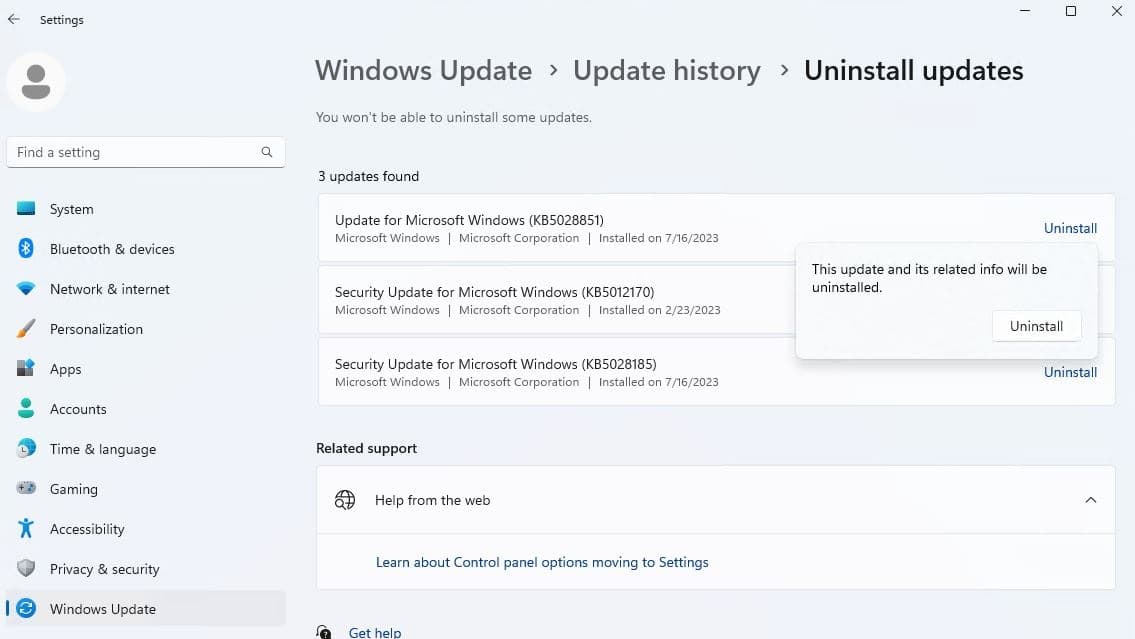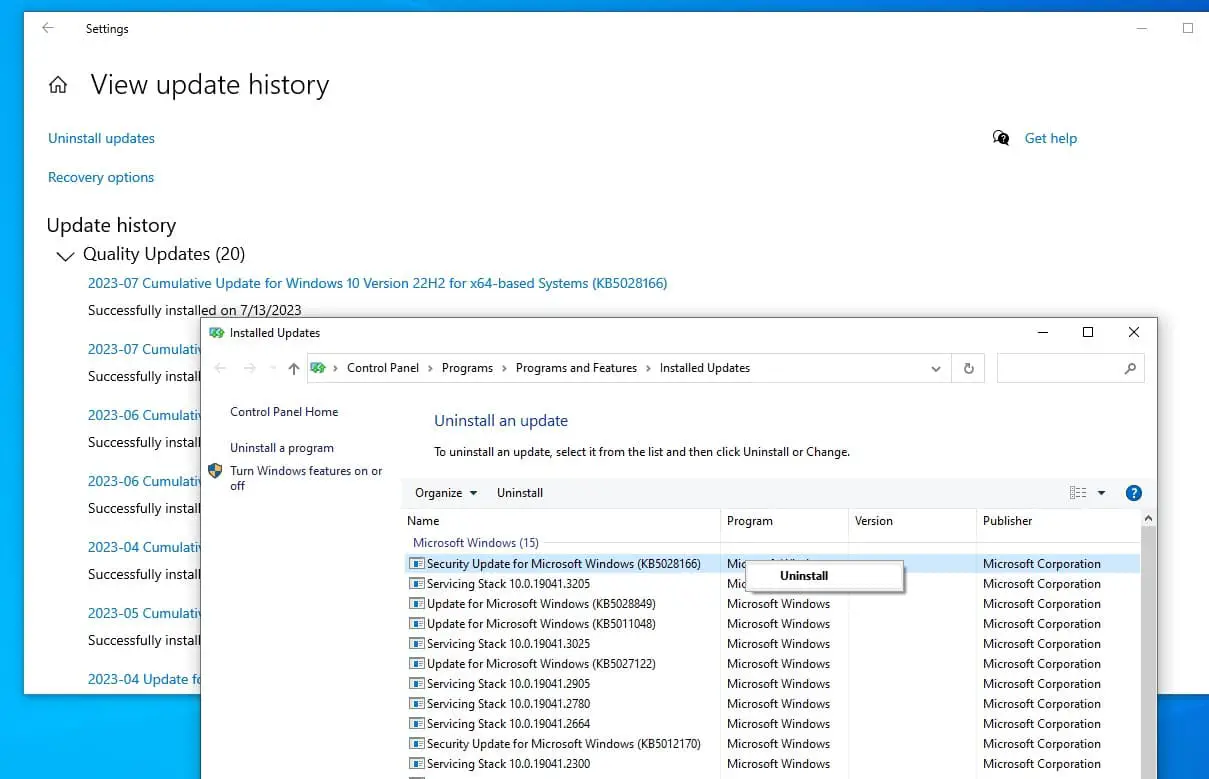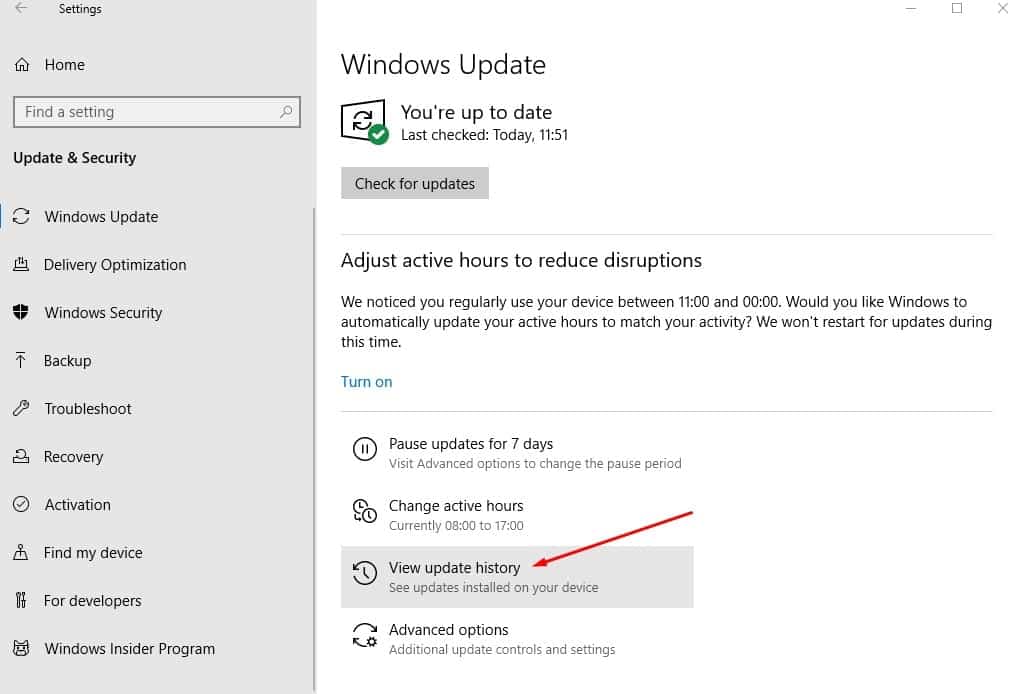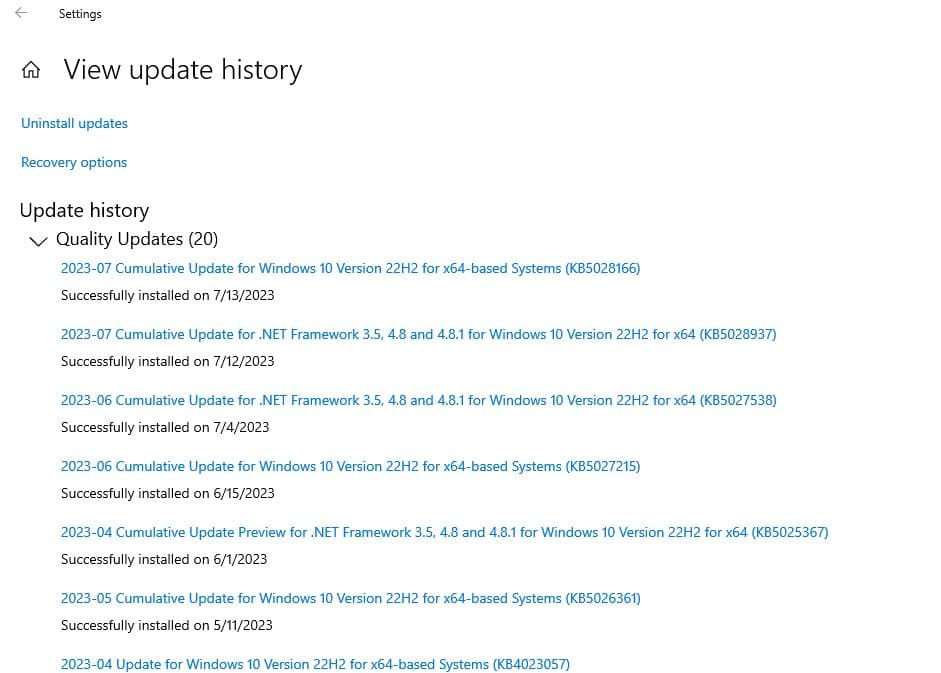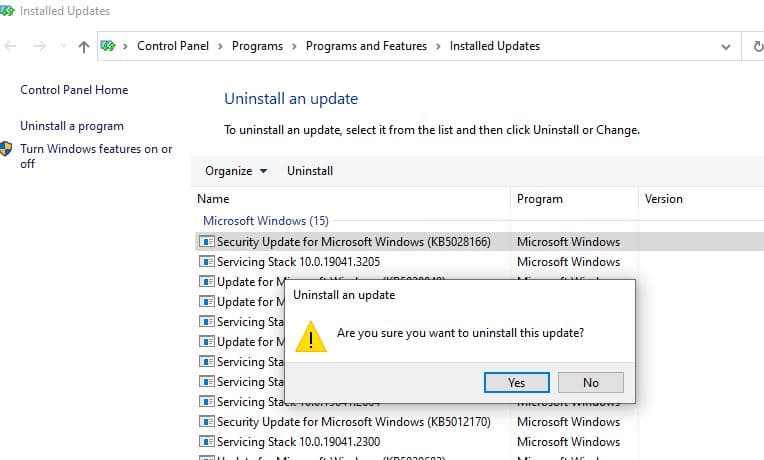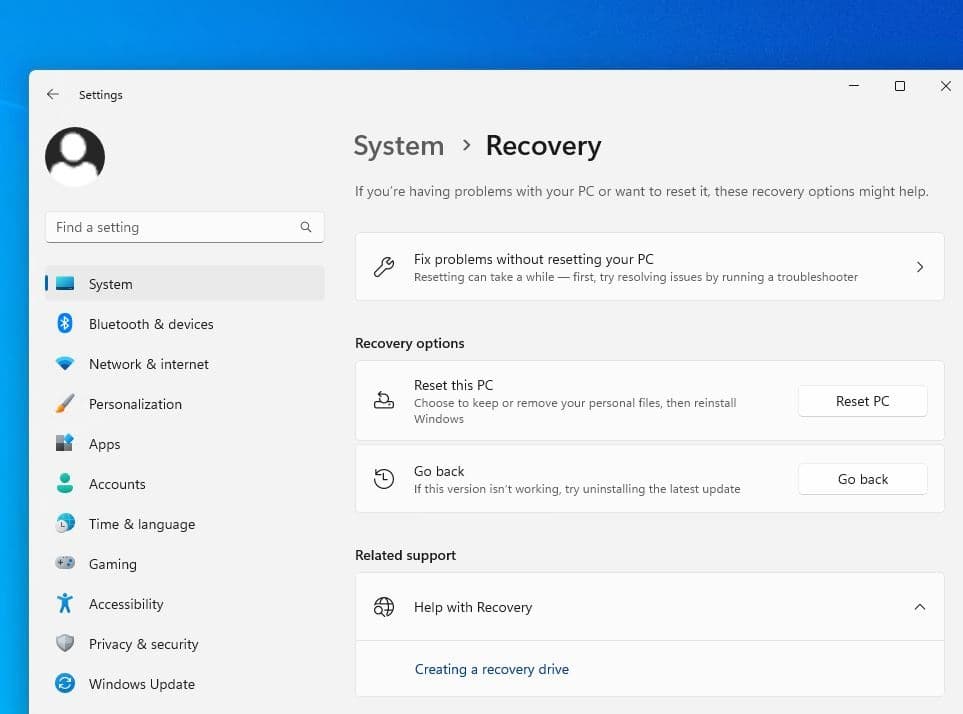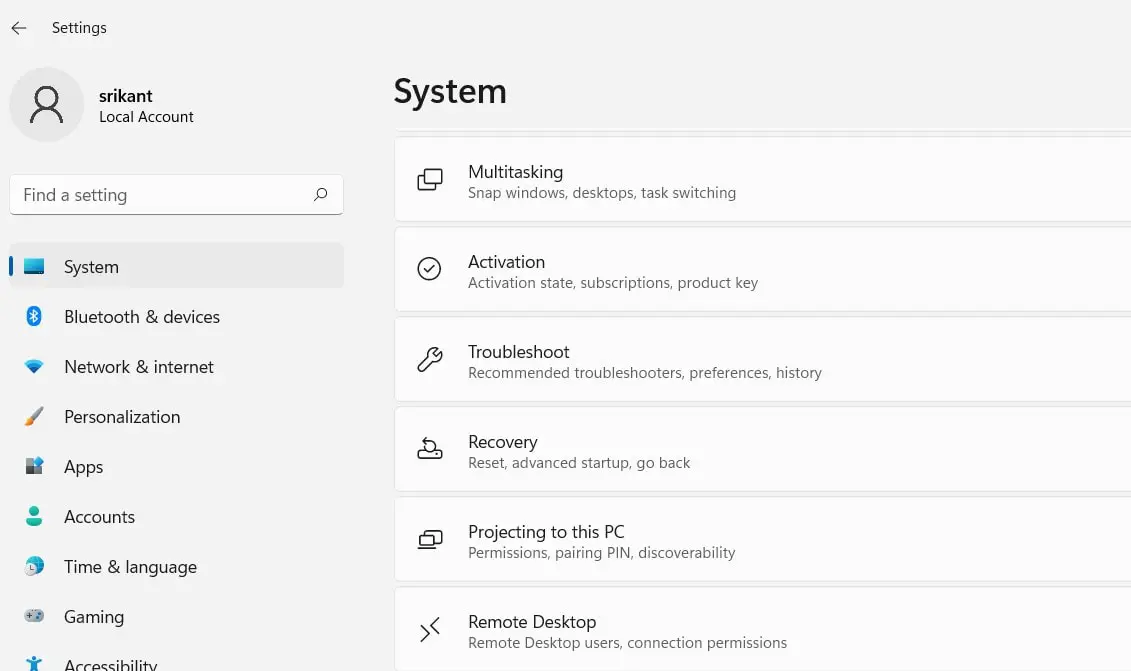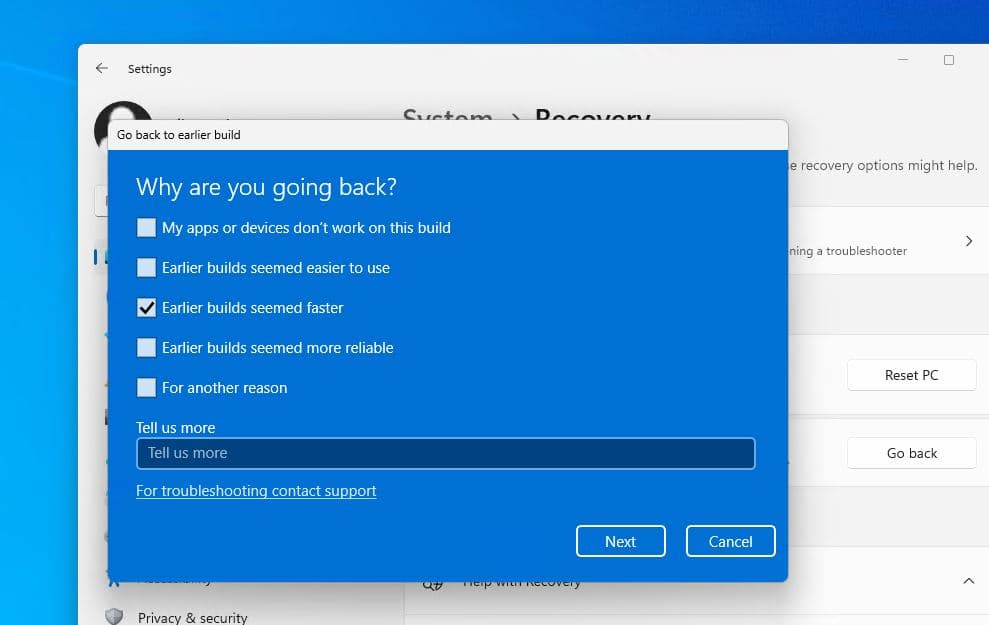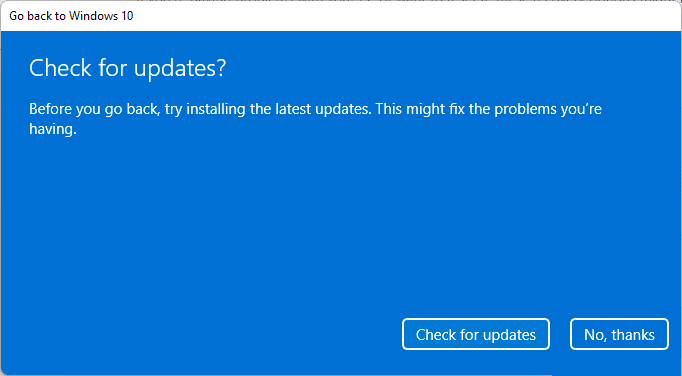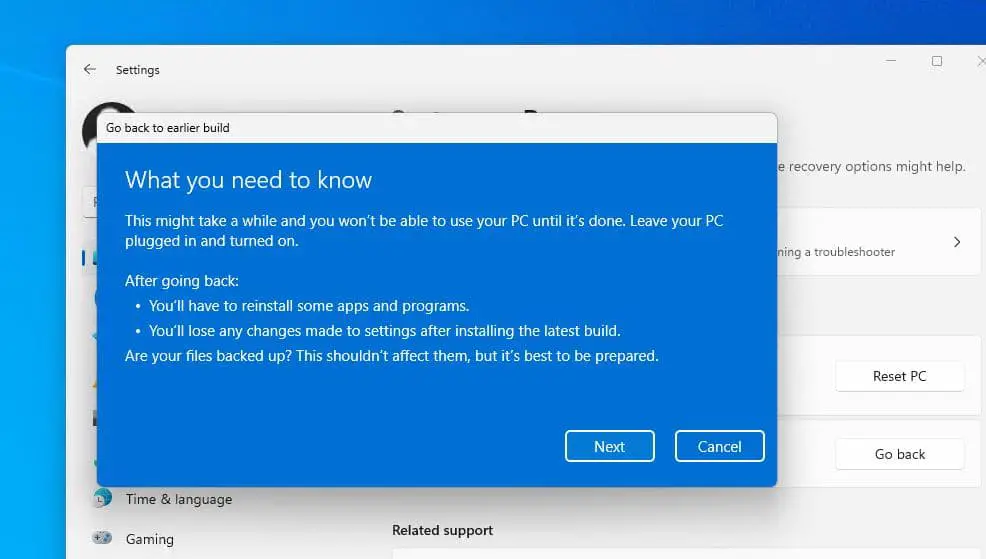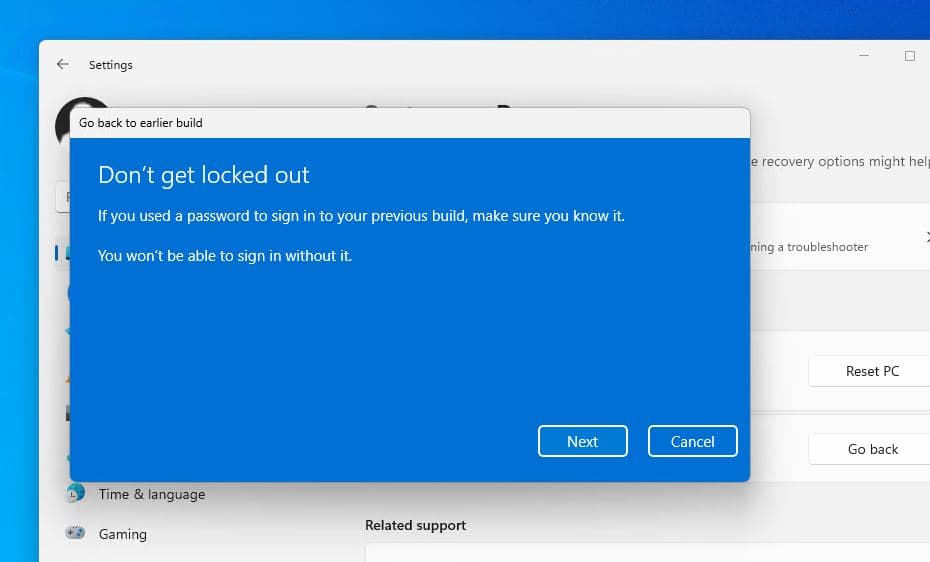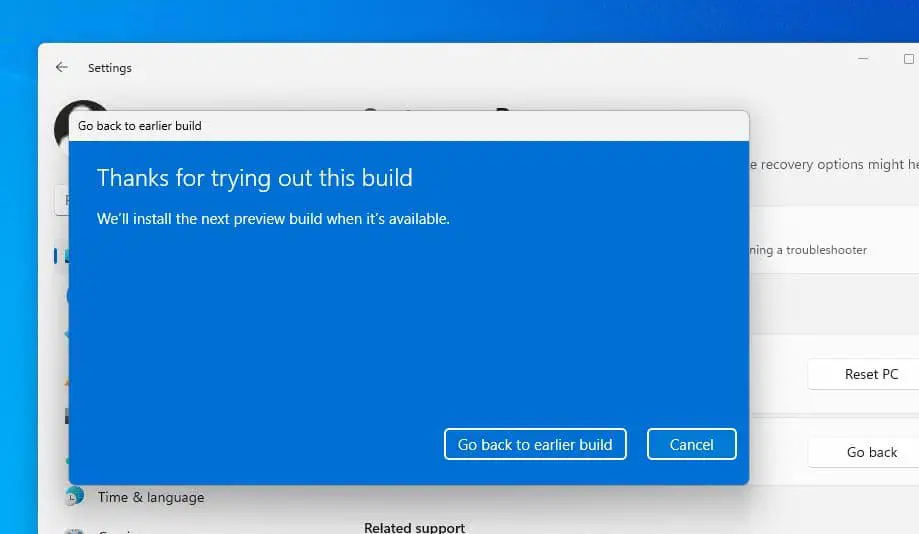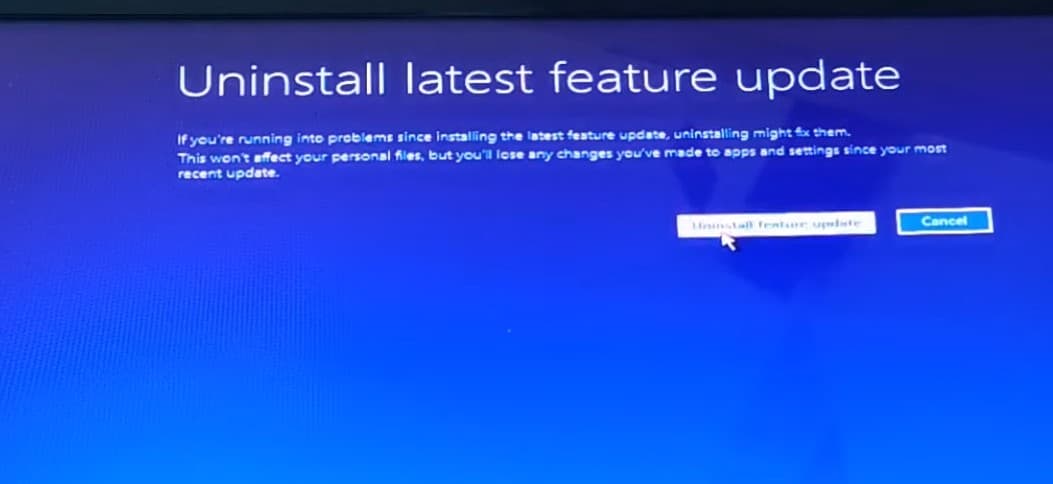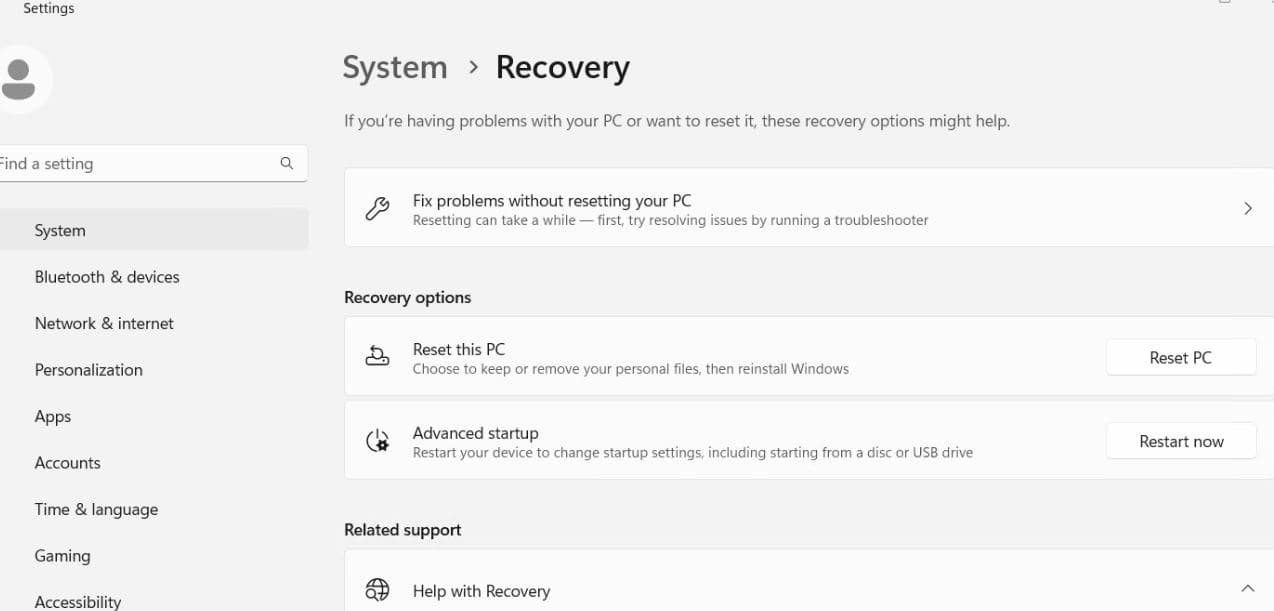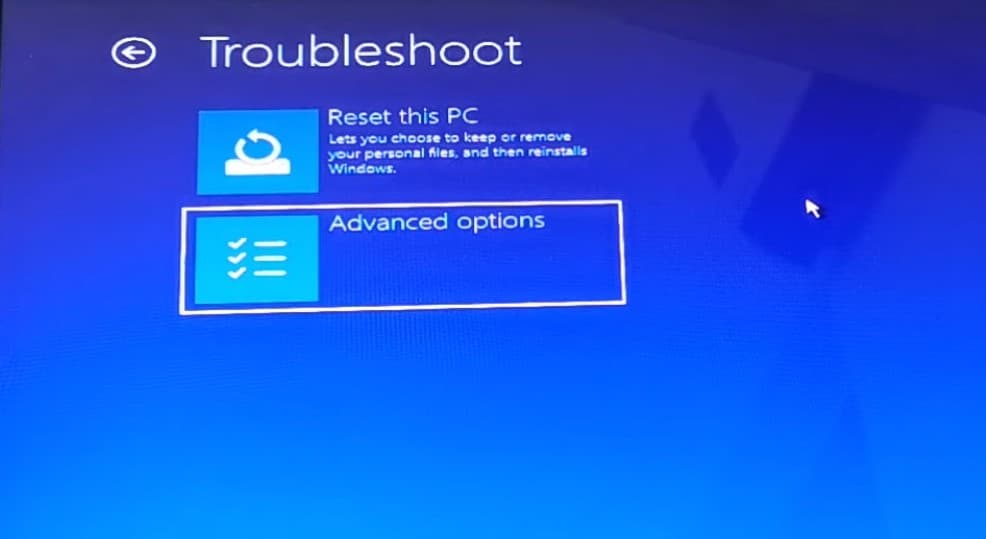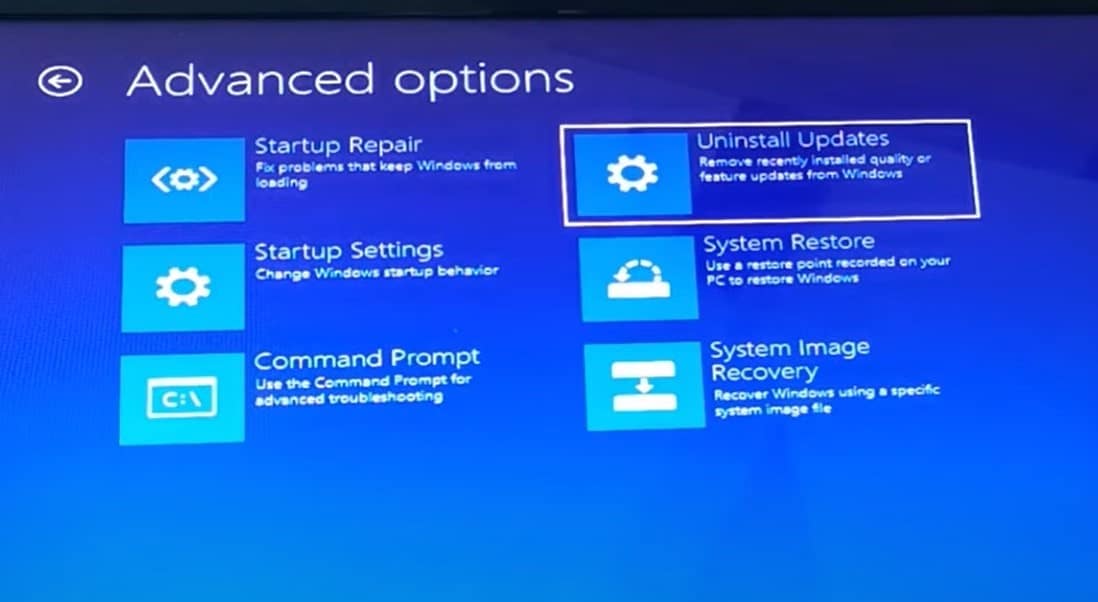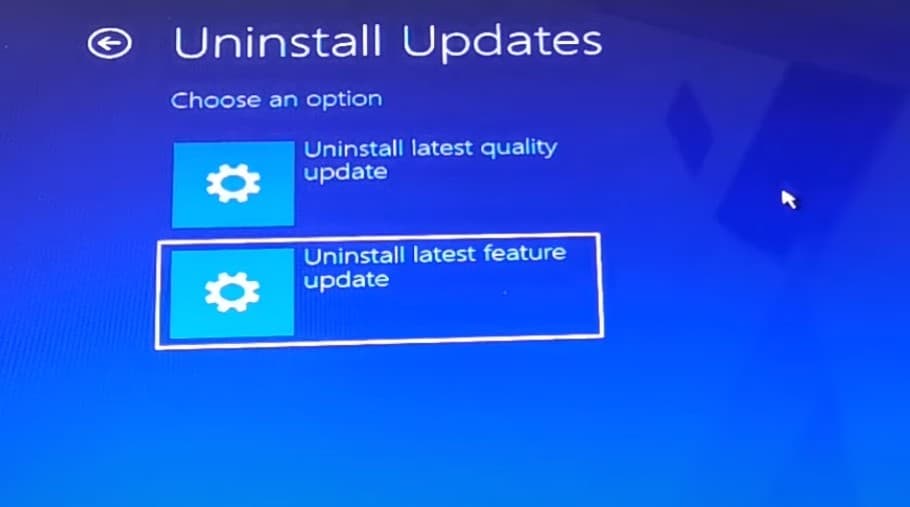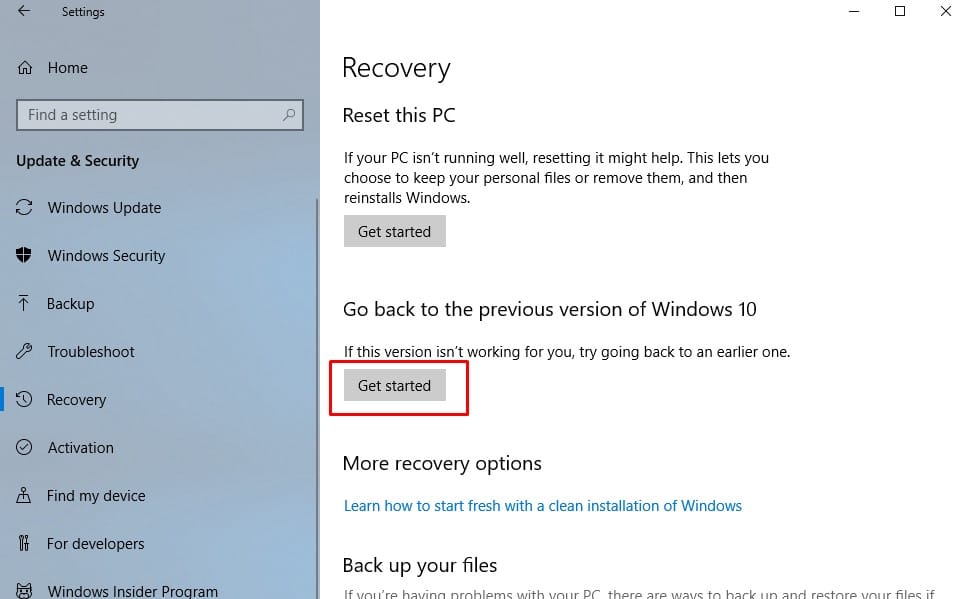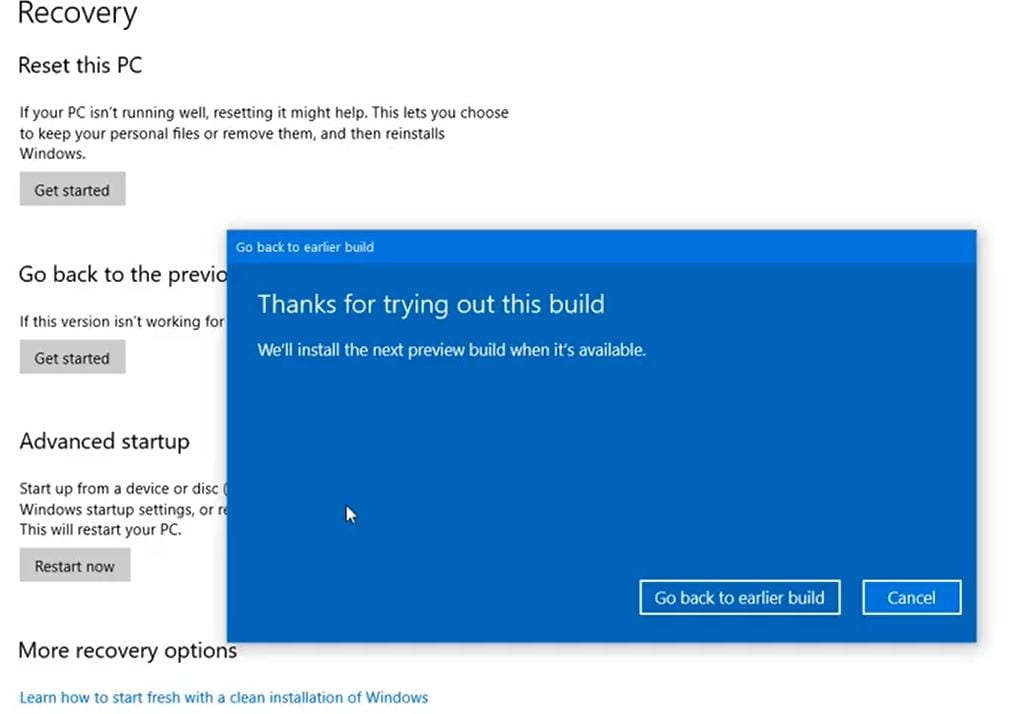Microsofts latest Windows 11 is Packed with exciting new features and improvements. The company regularly releases Windows updates to ensure system stability, address issues, and feature updates introduce additional features and enhancements. Installing the latest Windows 11 updates is essential for maintaining the security and performance of your operating system. However, there may be instances where an update causes compatibility issues, software conflicts, or unexpected issues. In such cases, uninstall Windows 11 update or Feature update can be a helpful solution. This article explores How to Roll back Windows updates or Feature updates in Windows 11.
Important note – Before attempting to roll back a Windows update, it’s essential to create a restore point and backup of your important files and data. This precautionary step will safeguard your information in case anything goes wrong during the rollback process.
How to roll back Windows updates
If you experience a problem after installing a recent Windows update or quality update Here is how to uninstall or roll back the Windows update.
Uninstalling Windows updates can be helpful if you encounter issues or conflicts after installing a particular update.
Uninstall Windows 11 update
- Right-click on the Start menu, and select Settings, you can press the Windows key + I to open the settings app.
- Click on “Windows Update” from the left-hand side menu, then Look for the “update history” option, and click on it
- Scroll down and click Uninstall updates next to related settings.
- A new window opens and display list of recently installed Windows update, Click on and confirm the same.
- Let it remove the Windows 11 update, once done you need to reboot your computer to roll back the Windows update.
Uninstall Windows 10 update
- Click on the Start menu, then click on the gear-shaped icon to access the Settings app.
- Locate and click on “Update & Security” then click on “View update history.”
- This will open a new window with a list of recently installed updates.
- You need to “Uninstall updates” at the top of the “View update history” page.
- This will open the Control Panel window and display a list of installed updates.
- Look for the specific update you wish to remove, Right-click on the update and select “Uninstall”
Confirm the uninstallation of the selected update and follow on-screen instructions to roll back Windows update on Windows 10.
How to Rollback Feature Update
Windows feature updates bring exciting new features. But If the new feature update causes compatibility issues, performance problems, or other unexpected glitches. Here is how to roll back the Windows Feature updates.
Note – Windows allows users to roll back Feature updates within 10 days of its installation. After this period, the rollback option is no longer available, and the update becomes permanent.
Rollback Windows 11 Feature update
- Press Windows key + X and select settings or Press Windows key + I
- Click on System from the left-hand side menu, then select the Recovery option
- If you are within 10 day time period or Windows 11 upgrade, you will see “Go Back” option under the Recovery section, click on it.
- The Go back to earlier build wizard opens, select any reason why you are going back to the earlier build and click next.
- Next, it will ask to check for the latest updates and which may have bug fixes for the problem you are facing.
- If you decide to roll back to the previous build, click the ‘No, thanks’ button.
- The next window informs you what will happen when you revert to the previous build. Read the information and click next,
- The next window tells you if you have recently changed your password or pin, after rollback Windows 11 old password is required sign in, confirm the same and click next.
- Finally, click the ‘Go back to earlier build’ button to start the process.
Rollback Windows 11 update from advanced options
If the 10-day rollback period is over, and the Go back button disappears. Still, you can uninstall Feature updates from Advanced options. It’s also effective if Windows 11 not loading after update or upgrade.
- Again open settings using Windows key + I,
- Go to System then Recovery and click Restart new next to Advanced Startup.
PC will boot up to the Windows Recovery Environment, select the Troubleshoot then Advanced options.
- Next on Advanced options select the ‘Uninstall updates’ option.
- Next, you will get options to uninstall the latest quality update or Feature update.
Rollback Windows 10 Feature update
Similar to Windows 11, you can only Rollback Windows 10 to a previous build or uninstall feature updates within 10 days of installation or upgrade.
- Press the Windows key + I to open settings, locate and click on “Update & Security.”
- Select the “Recovery” tab from the left-hand side and Under the “Go back to the previous version of Windows 10” section, click on “Get started” to initiate the rollback process.
- Windows will guide you through the rollback process, follow the on-screen instructions as we followed for Windows 11.
The rollback process may take some time, and your computer may restart multiple times. Ensure your system remains connected to a power source throughout the process.
Rollback Windows 10 update from advanced options
Again if the 10 days rollback time period is over, or Windows 10 is not loading after update. You can uninstall or roll back Windows updates from advanced options.
- Press the Windows key + X and select settings, Go to Update & Security then the Recovery option.
- Click Restart Now next to Advanced Startup to access Windows Recovery Environment
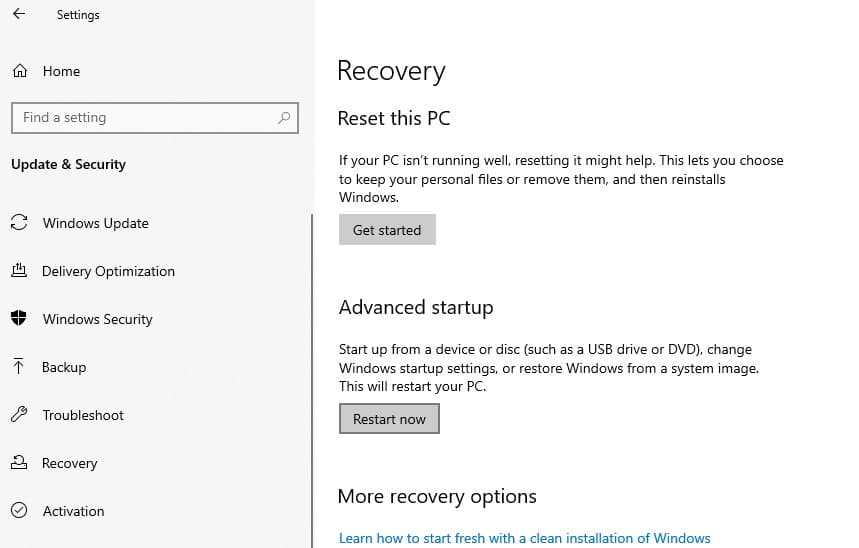
Also read:
